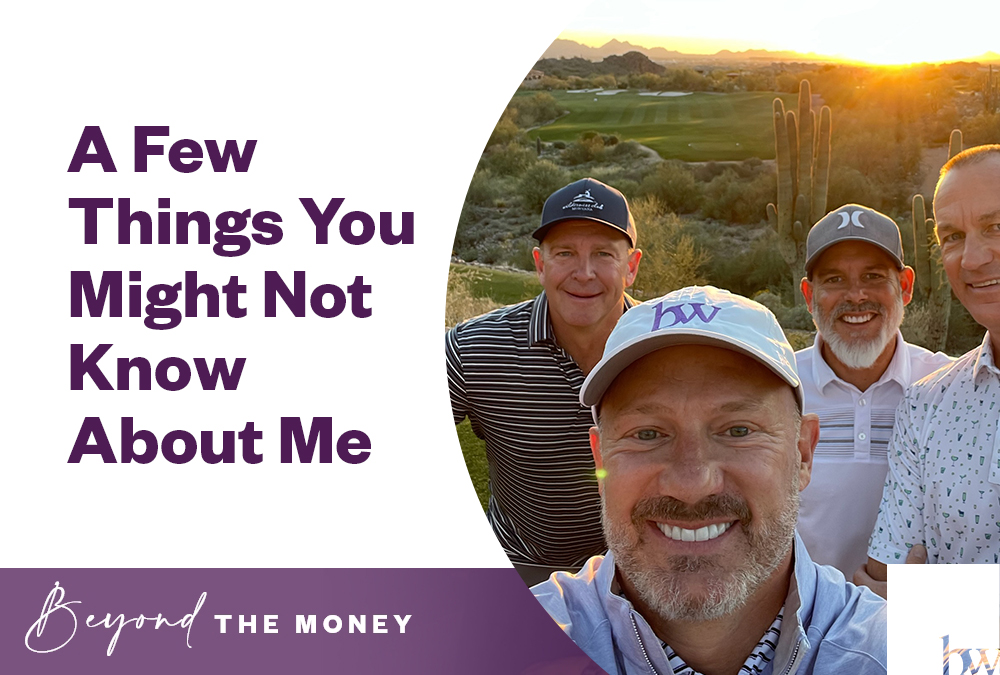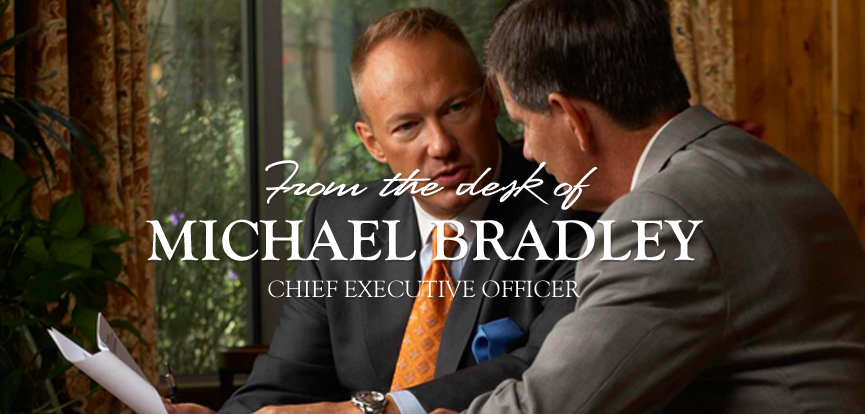
A Few Things You Might Not Know About Me
Posted on April 20, 2022
Planning and Guidance, Tailored To Your Life and Goals
Beyond The Money
Posted on April 02, 2015

“The most profound changes are taking place in Europe’s bond market, which has been turned into something of a charity, at least for certain borrowers. The latest example came on Wednesday when Germany issued a five-year bond worth nearly $4 billion with a negative interest rate. Investors were essentially agreeing to be paid back slightly less money than they lent.”
Why would bond investors accept a guaranteed loss? The Economist explained they are being cautious. Uncertainty about what might happen to banks if Greece leaves the euro has investors willing to accept a small loss in order to avoid a potentially greater one.
The negative rate phenomenon began in mid-2014 when the European Central Bank (ECB) lowered its deposit facility rate – the rate banks use to make overnight deposits in the Eurosystem – into negative territory. In June 2014, the ECB paid -0.1 percent. The ECB explained the cut was one of several measures intended to ensure price stability over the medium term, a condition required for sustained economic growth. By September, it lowered the rate to -0.2 percent. (By way of comparison, the U.S. Federal Reserve paid a positive return during the same period and was 0.11 percent early in 2015.)
While investors may be familiar with the idea of negative real rates of return (the return earned on a bond or paid on a loan after factoring in inflation), the idea of negative nominal rates (the rate given by the original issuer of a bond or the rate a borrower agrees to pay on a loan) is confounding. It begs the question: When offered a negative rate of return on an investment or deposit, why wouldn’t an institution or individual choose to hold cash instead? Richard Anderson and Yang Liu of the St. Louis Federal Reserve explained:
“Negative interest rates fascinate both professional economists and the public. Conventional wisdom is interest rates earned on investments are never less than zero because investors could alternatively hold currency. Yet currency is not costless to hold: It is subject to theft and physical destruction, is expensive to safeguard in large amounts, is difficult to use for large and remote transactions, and, in large quantities, may be monitored by governments.”
Of course, that doesn’t mean individuals or institutions will keep money in banks if interest rates remain in negative territory. According to The New York Times, economists speculate cash hoarding may become common when interest rates reach -5 percent.
The ECB hopes negative rates will help spur spending, stimulate economic growth, and pull the region out of a deflationary period. Bloomberg reported rates below zero are intended to incentivize banks that have been stockpiling cash at the ECB to extend loans to businesses and, thus, help reinvigorate the economy.
Negative rates also are expected to encourage individuals to save less and spend more which could further spur economic growth. “If saving is a losing proposition, investment and consumption should rise, buoying the economy,” reported The Economist. So far, that has yet to happen:
“The best hope for success, however, lies in foreign-exchange markets. Negative rates might send investors in search of better returns abroad, leading to depreciation of the currency. That would raise the price of imports, helping to combat deflation and giving a growth-enhancing boost to exporters. Since the ECB introduced negative deposit rates the euro has fallen against the dollar by nearly 20 percent… If currencies fall by enough, then negative rates might just pay off – provided sinking prices elsewhere don’t lead ever more of the global economy to take the plunge into sub-zero waters.”
While it’s difficult to gauge whether negative rates will prove to be an effective central bank policy tool, we can say with certainty that we live in interesting times.]]>